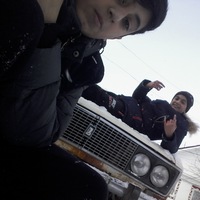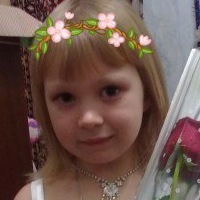
Кто входил в родовую общину
 0
0
 0
0
Ответы на вопрос
 Внимание! Ответы на вопросы дают живые люди. Они могут содержать ошибочную информацию, заблуждения, а также ответы могут быть сгенерированы нейросетями. Будьте внимательны. Если вы уверены, что ответ неверный, нажмите кнопку "Пожаловаться" под ответом.
Внимание! Ответы на вопросы дают живые люди. Они могут содержать ошибочную информацию, заблуждения, а также ответы могут быть сгенерированы нейросетями. Будьте внимательны. Если вы уверены, что ответ неверный, нажмите кнопку "Пожаловаться" под ответом.

Родовая община-это коллектив родственников имеющие общий дом оружие труда и еду
 0
0
 0
0

2. Семейная община (домовая, патриархальная семья) – следующая после родовой стадия общины,
3. Соседская (сельская, земельная) община
 0
0
 0
0

Who was part of the communal clan?
The question is asking about the members of the communal clan or the "rodovaya obshchina" in Russian. The search results provided do not directly answer the question. However, I can provide some general information about communal clans.
In traditional societies, communal clans were social units that played a significant role in the organization of communities. The specific composition of communal clans varied across different cultures and regions. However, some common characteristics can be identified.
Communal clans typically included: 1. Extended Family Members: Communal clans often consisted of multiple generations of related individuals, including grandparents, parents, children, and grandchildren. 2. Blood Relatives: Membership in a communal clan was usually based on kinship ties through blood relations. Individuals who were born into the clan or married into it were considered members. 3. Ancestral Lineages: Communal clans traced their lineage back to a common ancestor or a group of ancestors. This shared ancestry formed the basis of the clan's identity and cohesion. 4. Shared Territory: Communal clans often occupied a specific geographic area or territory. They had a collective claim over the land and shared resources within that territory. 5. Common Rituals and Traditions: Communal clans had their own customs, rituals, and traditions that were passed down through generations. These cultural practices helped maintain the cohesion and identity of the clan.
It's important to note that the specific composition and characteristics of communal clans varied across different cultures, regions, and historical periods. The information provided here is a general overview and may not apply to all communal clans.
 0
0
 0
0
Похожие вопросы
Топ вопросов за вчера в категории История
Последние заданные вопросы в категории История
-
Математика
-
Литература
-
Алгебра
-
Русский язык
-
Геометрия
-
Английский язык
-
Химия
-
Физика
-
Биология
-
Другие предметы
-
История
-
Обществознание
-
Окружающий мир
-
География
-
Українська мова
-
Информатика
-
Українська література
-
Қазақ тiлi
-
Экономика
-
Музыка
-
Право
-
Беларуская мова
-
Французский язык
-
Немецкий язык
-
МХК
-
ОБЖ
-
Психология
-
Физкультура и спорт
-
Астрономия
-
Кыргыз тили
-
Оʻzbek tili
























